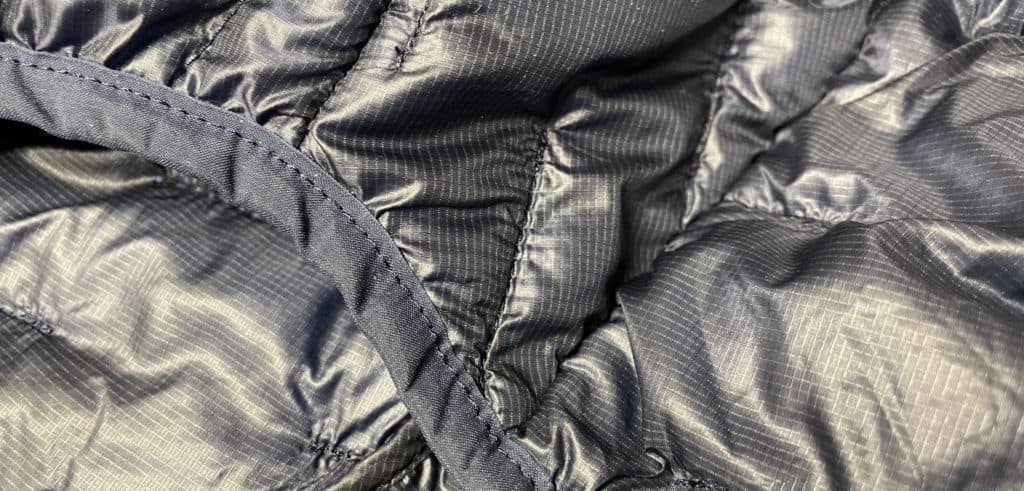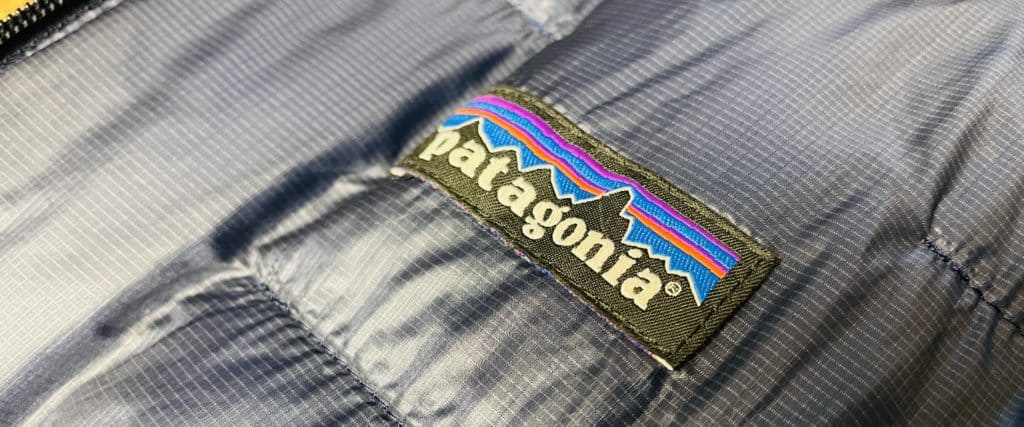As a long-time Patagonia owner, I purchased a Micro Puff Hoody about a year ago and wanted to deliver some thoughts about it.
My Micro Puff and Ultralight Down Hoody Compared
Prior to the Micro Puff I had been wearing a Ultralight Down Hoody for about 3 years. I still have that jacket but it’s quite worn. Understanding that it was getting old I purchased the Micro Puff, which I had been considering since it was first announced, about 4 years ago.
Technically the Micro Puff is an insulating piece, but I, like most people
The Micro Puff hoody is extremely light. This makes it great for packing in a bag or otherwise storing it. It’s like barely including anything additional when packing, which is a great feature for hiking, commuting, and traveling. At about half a pound for a men’s jacket this is very impressive.
The biggest problem with the Ultralight Down Jacket and Hoody, which have been discontinued, is that they did very poorly in the rain. Any substantial amount of water would soak through the lightweight outer shell and soak the down inside. This meant a near total lack of warmth, fairly long dry times, and you’d look quite messy. Even light rain storms could be a problem.
The Micro Puff improves on this with a synthetic material called PlumaFill that deals with wetness better. In fact, that’s an understatement because it maintains almost all its warm when its anything less than soaking wet.
The Micro Puff has a smooth, somewhat loud shell made of 0.8-oz 10-denier Pertex, which is similar to that was used on the Ultralight Down hoody and jacket. Those pieces actually used 0.85-oz 15-denier Pertex Quantum.
The outer material has held up surprisingly well on both pieces. You have to be careful with these thin shells as they will get holes in them if you are working around exposed metal or thorns, but the tend not to get large rips and Patagonia will help with repairs if necessary. Scuffs on rocks and tree bark will almost never lean to tearing, so scrape resistance is surprisingly good.
The jacket still has the lightweight zippers of the Ultralight, which feel flimsy but I’ve had no problems with them on either model.

Look and Fit
Aesthetically, I prefer the horizontal pipes of the down jacket to that of the Micro Puff, which has a block-like appearance that Patagonia describes as “quilting.” The pipes look nice, but they weren’t the best at keeping the down evenly distributed. After 2 years of heavy wear, the Ultralight had almost no insulation on the underside of the arms — and area that sees constant movement.
The Ultralight Down Hoody has a close fit that I really like. The hood was never the best and is prone to blowing off in the wind, but I’ve assumed this is due to helmet compatibility which is not an issue with me.
The Micro Puff matches this fit and has a slim, but not snug, feel to it. The lack of pipes changes the looks and gives it a flatter appearance and less of the Michelin-man look to it.
This design isn’t much better at preventing the insulation from shifting unfortunately. I’ve seen some insulation migration in my first year of wearing. Nothing yet that affects warmth but it’s a concern given the cost of the jacket.
The cuffs on the Micro Puff aren’t particularly tight, presumably so you can wear gloves or a cuffed long sleeve shirt under them, but this can lead to some coolness on windy days. This is a pretty minor annoyance if you are layered, but it can lead to some chills if this is your outer garment, as I normally wear it.
Temperature Range
I always found the down hoody to have an excellent temperature range — good for above 30 degrees F (when not active) and up to about 60 degrees F. The major limitation here was that the Ultralight has a slim fit so layering possibilities are limited with it, particularly around the armpit area where the jacket is rather close cut.
This is roughly the same with the Micro Puff a the top end, though it’s not quite as warm as my Ultralight in cold weather.
Packing
Both jackets are excellent here but I do have some concerns about the re-lofting of the synthetic over time. Presumably Patagonia tested this extensively but I don’t have the history with it that I do with Patagonia’s high-power down. I do have my concerns about the lifespan of the synthetic material but haven’t seen any evidence problems yet. This includes areas like shoulders where a backpack can cause significant compression for hours at a time.
Overall
On the whole I like the Micro Puff Hoody but I prefer the Ultralight Down Hoody (and jacket) so I’m sorry to see them leave the Patagonia line. The Micro Puff is rather expensive so I don’t normally recommend it to other people as I consider if a speciality piece designed for people who want lightness above warmth, price, and overall practicality.

